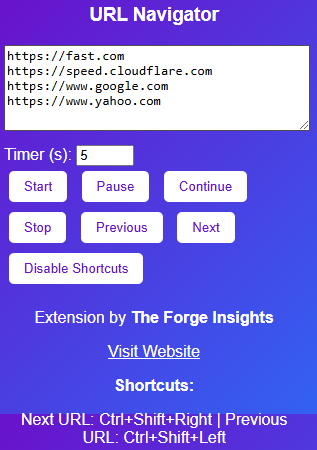Hypothesis is an educated guess or a tentative statement about the relationship between two or more variables
Types of Hypothesis:
- Null hypothesis (H0): This hypothesis proposes that there is no relationship or difference between the variables being studied
- Alternative hypothesis (H1): It’s the opposite of the null hypothesis. This hypothesis proposes a specific relationship or difference between the variables
Note: We are collecting enough evidence to say that hypothesis to accept or reject the hypothesis
How Hypothesis works?
- Formulating a question: The research process starts with a question
- Developing a hypothesis: Based on prior knowledge, experience, or existing research, a tentative explanation or prediction is formulated as the hypothesis
- Designing the test: An experiment, survey, or preparing questionnaire
- Data collection
- Data analysis: The collected data is analyzed to see if it supports or refutes the hypothesis
- Conclusion: Based on the analysis, a conclusion is drawn about the hypothesis
Note: We have only 2 possible outcome
- Accept null hypothesis, reject alternative hypothesis
- Reject null hypothesis, accept alternate hypothesis
Let’s see how we reject or accept the null hypothesis by learning level of significance
Level of significance
Level of significance = α (alpha) = Represents the probability of rejecting the null hypothesis (H0)
P-value: Probability of observing the data given that the null hypothesis is true. Lower p-values indicate stronger evidence against H0
Then at what P-value we reject null hypothesis?
- α (alpha) at lower range, commonly 0.05 (5%) or 0 .01 (1%)
- If P-value is less than α (alpha), then we reject null hypothesis and accept alternate hypothesis
What if we accept wrong hypothesis?
It is an error, we have
- Type I Error
- Type II Error
| Types of error – Type I & Type II Errors | ||
| Null hypothesis (H0) | Null hypothesis (H0) = True | Null hypothesis (H0) = False |
| Null hypothesis (H0) = Rejected | Type I Error (α – alpha) | No Error = True Positive Probability = 1- β |
| Null hypothesis (H0) = Accepted | No Error = True negative Probability = 1- α | Type II Error (β – beta) |
We have to try our best to minimize type I & II errors i.e., to reduce α & β
Note = α & β are inversely proportional
Way to reduce type I & II errors is by
- Reducing the Level of significance (say ~5%)
- Increase the sample size of the test
Power of test = 1 – β







